Devlog and System Analysis
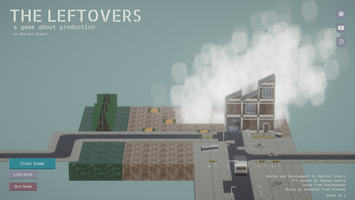
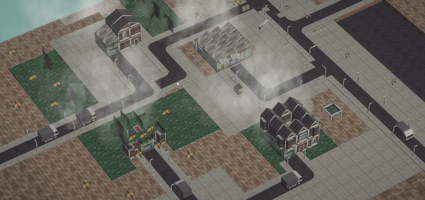
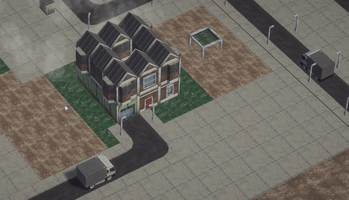
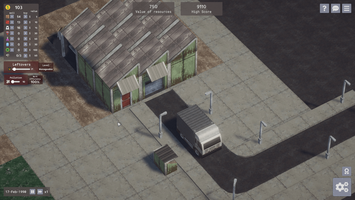


WHAT IS THE LEFTOVERS
“The Leftovers: A Game About Production” is a Resource Management game with elements of idle games that explores the concept of involuntary creation of liabilities. This is achieved adding leftovers and pollution each time a useful resource is added to the system. This poses a set of questions and dilemmas that players must answer through their own decisions and interactions with the system. Do they prefer to push the limits of the systems to win the game? Or they prefer to go for stability and work inside the resilience range? The decision is up to them.
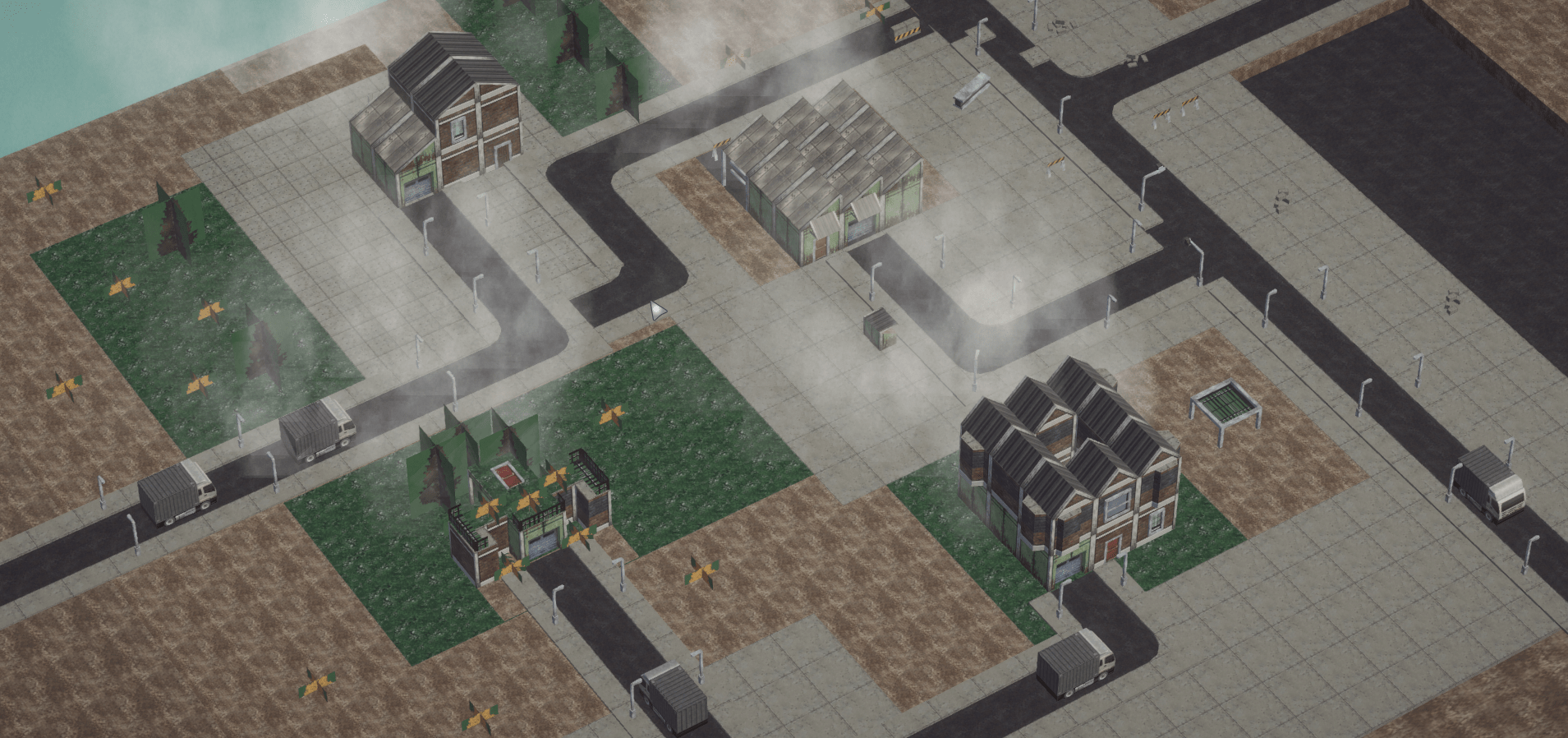
In The Leftovers, the player must control pollution and leftovers to keep producing resources.
WHERE DOES THE IDEA COME FROM?
Since I started digging into books, articles and analysis of systems I have been intrigued by the simplicity of sinks in games (systemic sinks of course!). In most of them it’s just changing an integer from 3 to 2 and the resource just vanishes from the system.
In real life, of course, resources can exit systems but more often than not they end up entering another one. There is no such thing as a resource that disappears; According to the law of conservation of matter, the system’s mass cannot change, so quantity can neither be added nor be removed.
Most of these “resources” end up going around different systems. Take the example of plastic. Plastic takes centuries to biodegrade. Our solution for a time was to just throw the plastic to the Sea. Now, we are finding “micro-plastics” inside fishes, and guess where the plastic end up. Yep, our stomach. Needless to say, the loop starts all over again, with part of the plastic still within the system.
I wanted to explore this idea. Resources that produce an involuntary liability. A damaging resource. Of course I’m not the first to explore this idea. In “Before We Leave” certain buildings produce pollution, which in turn decrease the happiness and productivity of the population. “Frostpunk” also explores something similar. Dead bodies can be used to fertilize food or used for organ transplants. This create a social dilemma, because on one side the player will have more food and more citizens, but on another the population is going to be mad and disgusted. I draw from these systemic ideas and adapt them to “The Leftovers”. It has been fun to analyze both games: you can find in my blog part of my analysis of both.

A graphic that focuses in resource creation and how pollution affects the process
SYSTEMS AND BALANCE
Of course, systems need to be balanced. An imbalanced system can take away all the fun of a game. Using pen and paper, I started drawing some systems, trying to understand the connections of the system and the subsystems within it. There were of course a lot of moving parts and sources and sinks and connections everywhere. But I managed, after some rough sketches, to create something that was closer to what I imagined. Then I put this diagram on a Figma document to start tinkering around and being able to communicate the system with more clarity.
The next step was to create a Google Sheets document. I focused on trying to simulate one month’s worth of resources and based on this, calculate the time that it would take for players to lose the game (or win it, depending on the amount of leftovers produced). It has proven very useful, of course as I’m still moving numbers and refining the simulation with the feedback received.
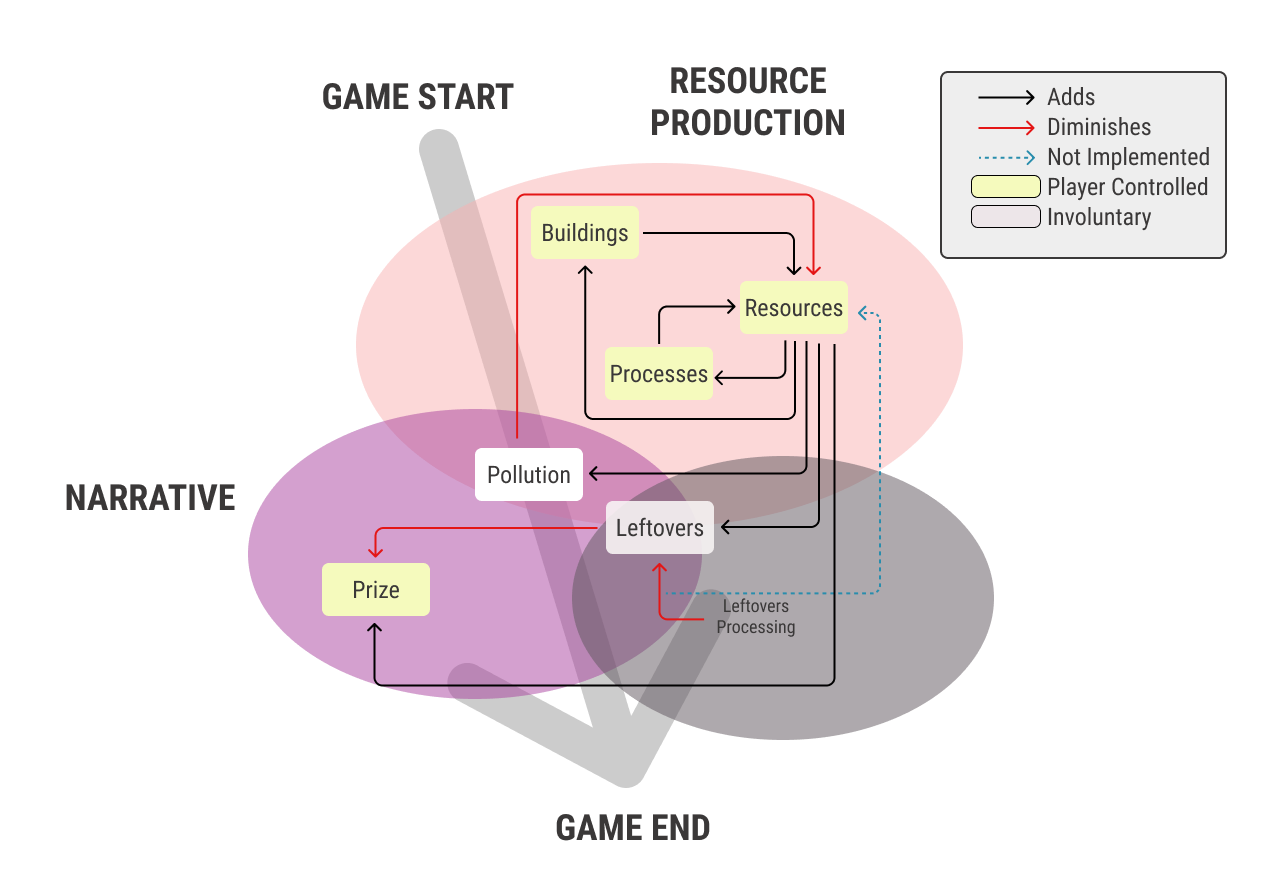
One of the systems diagrams that I used to represent the game, these one focused on the game flow
But no game is perfect the first time. I just released an alpha version to test it with real players for the first time. I was expecting the balance a little out of tune and it was. Just a tiny minority of players have been able to win the game, none of them on the first try. I want, of course, for players to win. It’s part of the experience that I want to deliver. Losing is still an option though, because players that won’t care about leftovers and pollution should be penalized by the system. Now I have more data to start re-balancing the game and testing it again for the next release of the game.
Another feature that keeps bugging me is that in the end, Leftovers do exit the system. I’m thinking on a way to re-integrate leftovers to the system again as a resource or as a different currency that could help players to unlock processes or other features. Realistically though, it would be very difficult to implement that feature in this game, but it could make a great base for another concept.
NARRATIVE: THE "MORE IS BETTER" PRIZE
Now, I had a main system, a concept and the gameplay pillars. I knew I wanted players to consider leftovers and pollution and adapt the city for citizens’ well-being, not just production. But I also wanted to give players a reason to produce. Of course, some players will produce resources just for the fun of optimizing the system but for others it won’t be enough reason.
Considering that, I added a small narrative element to the game. Players are in charge of a new city that was founded for the only reason to compete for the “More is Better” prize. This award will be given to the city that produces the most value of resources in 10 years. 10 years in-game was about 30 minutes in real life. Players can check how they are doing regarding other cities. [SPOILERS AHEAD] Now, I wanted players that get to the end to always win the game. 30 minutes is a lot of time to spend focusing on one thing just to end up in second or worse. Also, the game is not easy and should put players to make some interesting and difficult decisions so the probability of them playing again is narrow (but in my vision, desired if they win the game).
So to make players win, the Leaderboard is fixed. Depending on the current year or month, the player’s city will navigate back and forth, going up and down just to end up winning the award in the last months of year 1999. This, of course, could end up in players doing nothing and winning the game. But as far as my analysis of data goes, no player has tried this strategy yet. That’s of course great, because this means that players are enticed to produce more resources and they really care about winning the award.
Finally, a little aesthetic touch that I think that adds a lot to round-up the narrative are the graphics. Although graphics are not final (I’m working with an artist right now to create some 3D and 2D assets for the game) the graphics look old, to transport players to the 90’s again. I remember like it was yesterday when I was playing Command and Conquer, SimCity and Caesar III.
FEEDBACK ANALYSIS AND WHAT'S NEXT
In the end, the release of the first version of the game was pretty useful. Some players gave me their feedback and this was tremendously helpful as I discovered some problems on the UI/UX of the game, as well as the balance. Some designers played the game too and their feedback has proven invaluable to refine the game. This also helped me to find an artist that believes in the project and wants to use her art to enhance the players’ experience. We are collaborating in our free-time to improve the game.
Most of the things that are critical to fix are regarding UI and system feedback. Also, I will implement two important features that didn’t make the cut for this first version. First, we will improve the buy-sell the system to make it more intuitive and easy to use. Drawing from the idle genre, we expect to generate more automation to it. Also, we will give more information regarding the flow of resources, for example, adding counters that show resources produced per month. Lastly, a feature that it’s not critical but that I really want to implemente are achievements. As a game designer and player, I know the power of achievements to direct players to the desired experience and to increase engagement and curiosity.
Stay tuned for the next version of the game!
Files
Get The Leftovers: A Game About Production
The Leftovers: A Game About Production
Produce the most resources to win the "More is Better" price. The catch: each resource produce leftovers and pollution.
| Status | In development |
| Author | Gabriel Chauri |
| Genre | Strategy |
| Tags | 3D, City Builder, Economy, Game Design, game-design-thinking, High Score, Real time strategy, resource-management, Singleplayer, Unity |
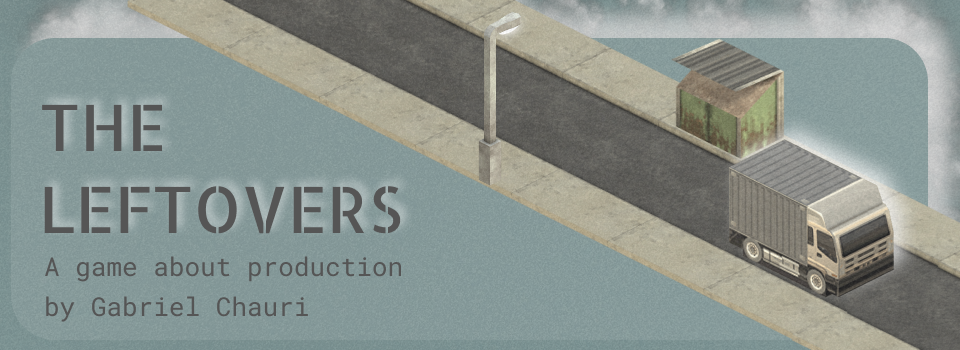
Leave a comment
Log in with itch.io to leave a comment.